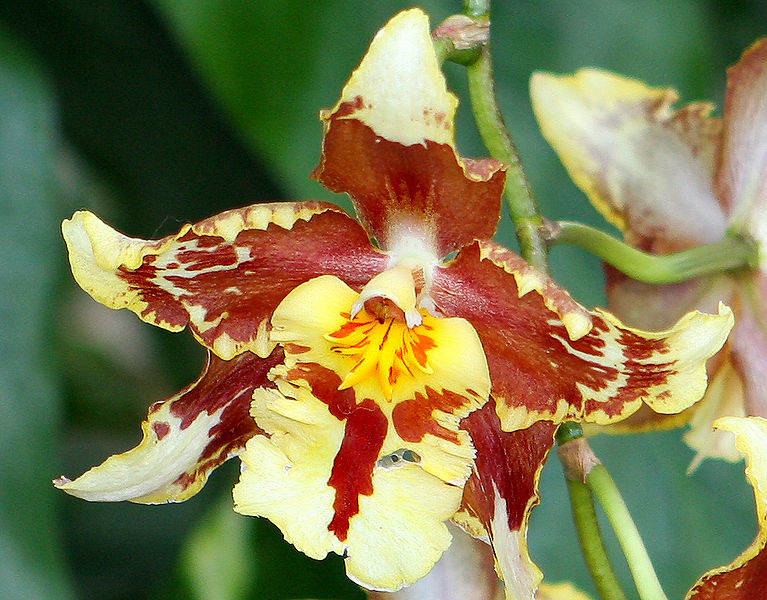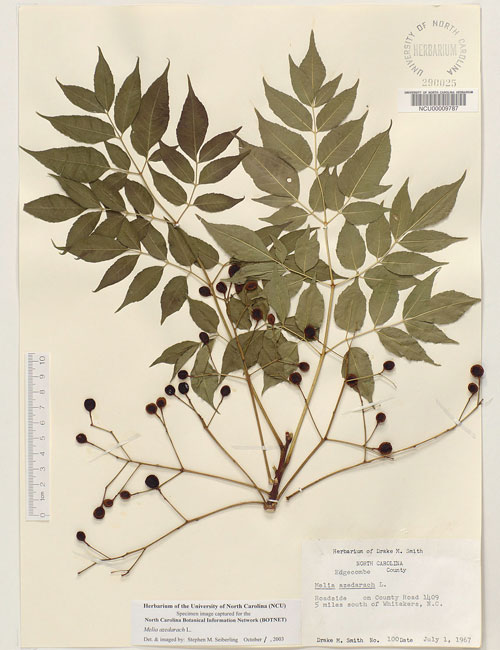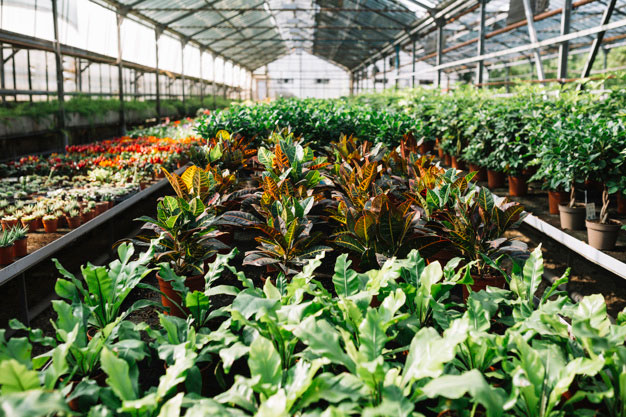Types of Tissues
A tissue is a group of similar cells (together with associated cell products) specialized for the performance of a common function.
Animal Biotechnology
The most important areas of today's research which have potential economic value and prospects of commercialization are the cell and tissue culture based production of vaccines, monoclonal antibodies, pharmaceutical drugs, cancer research, genetic manipul
Agriculture Biotechnology
Biotechnology can be seen as an imprecise term since the harnessing of any biological process could justifiably be called biotechnology.
Plant Life Cycle

Among all living organisms, flowers, which are the reproductive structures of angiosperms, are the most varied physically and show the greatest diversity in methods of reproduction of all biological systems.
Coenzymes
Coenzymes are small organic molecules that function with thousands of different enzymes in all organisms, assisting in the catalytic processes needed for life. They often contain vitamins as components.
Structural bioinformatics
Structural bioinformatics is concerned with computational approaches to predict and analyse the spatial structure of proteins and nucleic acids.
Bacteriophages
A bacteriophage is a virus that infects bacteria. Like all viruses, phages are obligate intracellular parasites, devoid of protein synthesizing machinery and energy conversion systems.
Alkaloids
Alkaloids are classified according to the amino acid that provides both the nitrogen atom and the fundamental portion of the alkaloid skeleton, and these are discussed in turn.
Algae and Men
Microalgae and macroalgae have been utilized by man for hundreds of years as food, fodder, remedies, and fertilizers. Ancient records show that people collected macroalgae for food as long as 500 B.C. in China and one thousand of years later in Europe.
Atomic spectroscopy
Atoms of certain metals will absorb and emit radiation of specific wavelengths when heated in a flame, in direct proportion to the number of atoms present.
Protein Synthesis
Protiens are polymers of amino acids joined by peptide bonds (proteins are therefore also known as polypeptides). The number and order of the amino acids contained in a particular protein are prescribed by the DNA sequence of that protein?s gene.
Herbarium

In botany, a herbarium is a collection of preserved plant specimens. These specimens may be whole plants or plant parts: these will usually be in a dried form, mounted on a sheet, but depending upon the material may also be kept in alcohol or other preser
Macronutrients - Nitrogen
Discovery of the essentiality of nitrogen is often credited to de Saussure (1-3), who in 1804 recognized that nitrogen was a vital constituent of plants, and that nitrogen was obtained mainly from the soil.
The nature of horticulture

Horticulture may be described as the practice of growing plants in a relatively intensive manner. This contrasts with agriculture, which, in most Western European countries, relies on a high level of machinery use over an extensive area of land
Terrestrial Environments Biomes
A biome is a major biotic unit bearing a characteristic and easily recognized array of plant life. Botanists long ago recognized that the terrestrial environment of the earth could be divided into large units having a distinctive vegetation, such as fores
Germplasm theory
Germplasm theory of Weismann was a very significant advancement in our understanding of heredity, since this was for the first time that a distinction between hereditary and environmental variations could be made on a sound basis.




